|
On my recent retreat, as well doing a huge amount of Qigong practice, I took along some Taoist texts that I wanted to revisit. Taoism is many things. On the one hand, it is the native religion of China, with all the rituals, temples, and history that suggests, but on the other hand (and these are the aspects that interest me the most) it contains various esoteric systems which address health, martial arts, self-development, meditation, diet, spiritual advancement, astronomy, fortune-telling, etc.
The through-line that connects all the above-mentioned facets is the understanding and application of The Way (Tao). It’s incredibly difficult to elucidate to the layperson, but The Way essentially means finding the Natural order in any situation and following it, whether that means choosing a job that suits your nature, navigating relationships, healing illness and injury, working in political strategy, or pursuing the heights of human possibility through the spiritual arts. The two texts I was focused on were the Wen Tzu, and Opening the Dragon Gate. The Wen Tzu is a sort of “sequel” to the Tao Teh Ching, reportedly transcribing the further teachings of that book’s author Lao Tzu (the most notable Taoist patriarch and ancestor). It was most likely assembled by his students and adherents around 2000 years ago, and contains wisdom and advice both esoteric and broadly applicable. My favourite line currently is “Look for fragrance while carrying something foul, and you won't succeed no matter how clever you are”. This is a great reminder that we may have a tendency to self-sabotage, by not subordinating our lesser inclinations to our higher goals. Opening The Dragon Gate is a true story (though I could imagine scientific types disputing many of the remarkable happenings in it’s pages) about a young man, Wang Liping, who is chosen as the next successor of the Complete Reality school of Taoism. Starting in China’s turbulent 60’s, he is trained by three elderly but remarkable men in various esoteric arts, as a way of both developing his persona and skills to the highest level possible, and of transmitting this precious but arcane knowledge on to the next generation. Scattered in between some mind-bending philosophy and history are descriptions of skills and feats befitting a superhero movie or fantasy epic. It’s niche, but it’s exactly my niche J The connection to this blog, and thus my website and business, is that Taoism is at the root and heart of Chinese Medicine. Though Mao tried to separate the two, he ended up with much reduced versions of both. Happily, there are now many Masters looking to rejoin Taoism and Chinese Medicine to enhance health outcomes for the current generation.
0 Comments
We’re all talking and thinking about Covid-19. It’s affecting many aspects of our lives, and provoking a lot of changes from the level of worldwide travel restrictions and national government plans, down to personal choices about socialising and grocery shopping. I suspect one of the reasons why it seems so confronting is that the virus is infecting people just like us. Most large-scale disasters occur elsewhere, and tend to provoke sympathy, but rarely the fear that we might be directly affected. So when we see ordinary Australians who haven’t done anything to provoke this sudden illness being struck down, we feel powerless and vulnerable. This isn’t helped by there being very little recognised treatment available for the disease, and no vaccine predicted for at least 12 months.
One of the under-reported aspects of treatment of Covid-19 in China is their National Health Commission’s advice that traditional Chinese Herbal Medicine be used in conjunction with Western healthcare methods. There are many reports among my peers in China, and those in contact with them, of successful treatment and resolution of the virus using herbal medicine. These methods were also used, and found to be helpful, during the SARS epidemic of 2003, and the government resolved to implement their knowledge when the next epidemic occurred. Inevitably, there have been critics (usually Anglo-centric) arguing that Chinese Medicines are potentially unsafe, untested, and of varying quality. This ignores the vast history of using these substances in China, and all throughout Asia, for thousands of years. When Europeans were nailing plague victims inside their houses to die, Chinese herbal medicine was being used, studied, tested and researched, and that knowledge has been deepened and added to over the centuries. This is knowledge that can be used now, to effect positive outcomes, for suffering people. All of which leads to the question: how can your immunity benefit from Chinese Medicine? Well, there are multiple herbal formulations which are used to boost the immune system and protect against disease. The catch (there’s always a catch) is that due to our medicine’s insistence on the uniqueness of the individual, not all medications are suitable for all people, and some can even be harmful if wrongly prescribed. So, make an appointment to see your local Chinese Medicine practitioner for treatment, advice and prescriptions which will ensure you and those close to you have the best chance of staying healthy (and less stressed) during these trying times. In terms of self-care, there is plenty you can do. A strong immune system needs healthy habits to be maintained. So all those lifestyle and wellness tips we tend to ignore now become much more important:
Distal acupuncture means that the site of needle insertion is usually distant to the area in which the client is experiencing their symptoms. The reason I tend to utilise this method the most is that often the symptoms are just the "branch" of the problem, whereas I prefer to get at the "root" of the problem to promote deeper healing, and reduce the likelihood of the symptoms flaring up again later. Often the best way to get at this root is to make use of the body's channel or meridian system. This is a network of pathways throughout the body which can be manipulated to effect change in the individual's physiology (including blood, nerves, cells, etc). I have found that a stronger effect can be gained by using distal parts of the same channel in which symptoms arise, or even by using other channels which have a "balancing" effect on the problem area.
Using these methods of distal acupuncture also means I can treat conditions where symptoms present internally or in sensitive area without clients having to fully disrobe or experience discomfort. The most commonly used areas for distal acupuncture are the legs (from knees to feet), the arms (from elbows to hands), and the head (usually the top and back). There a re two main modern strands of distal acupuncture: the Balance Method of Master Tan, and the school of Master Tung. I am trained and proficient in both of these styles, and have used them to treat a wide variety of common (and not-so-common) health cnditions. You can probably feel it in the air – that gathering energy that happens towards the end of the year. It tells us that the year is nearly over, that Christmas is coming, that soon we get to take a break and celebrate the year with family and friends. Unfortunately, we can also be feeling pretty stressed, worn down, and overwhelmed at this time of year, so what should be a nice transition into the festive season can lead to frayed relationships, unhappy work days, pressing deadlines, and poor lifestyle and diet choices as we desperately try to make it to the end in one piece.
Often times, when we do make it to the Christmas break after a stressful last month, we then may feel entitled to over-indulge in all the things that come along with the season: we may eat a lot of heavy foods at social events, drink too much, and stay out late. No judgement here, but we’re all adults, and we know that these things have consequences. It doesn’t take a big leap of logic to realise that piling these excesses onto an already struggling system is just going to make the New Year less pleasant than it ought to be. Fortunately, Chinese Medicine is here to help. We have specific acupuncture protocols and herbal medicine formulas to both get you to the end of the year in one piece, and help you deal with the digestive and energy problems arising from all those hard-to-resist festive treats and behaviours. They say prevention is better than cure, but we’ve got both! So whether you’re slaving like a peasant or partying like an emperor, book in soon, for some extra holiday help. The above question pops up all the time, especially with clients who are new to acupuncture.
There’s now a lot of high-quality research, especially from the last decade or two, confirming that acupuncture affects multiple aspects of the body’s systems: the neurological system (nerves), the circulatory system (blood), the cellular system (stem cells in particular), and the mental/emotional state. It’s important to note that none of this research is able to confirm the exact mechanism by which these effects are produced, simply that changes are taking place in response to stimuli. Like the acupuncturists of millennia ago, none of these specific effects are things that we are aiming to produce – in fact, we’re not even thinking about them! Instead, we’re working on broader ideas of Qi (energy) and Blood and are trying to bring the body back into balance. Usually, we do this using the channel (meridian) system, which transverses the surface of the body and connects to the inside. These principles of acupuncture, while constantly being informed and validated by modern science, are nevertheless essentially the same techniques that have been passed down since time immemorial. In our field, a client can walk through the door with virtually any health condition, and we are expected to have something to offer to help them. As an example, in the last week, I have treated the following issues:
I draw great comfort and confidence from the fact that hundreds of thousands of practitioners, going back many centuries, have used this same skill-set to treat virtually every illness, injury and disease known to humanity. And the fact that Chinese Medicine has been explored, researched, and tested from so many different angles means that if one treatment doesn’t have the desired effects, then there is always a different path that can be taken. While tradition can sometimes be unhelpful, or even counter-productive to modern lifestyles, I am grateful that so many have come before me and contributed to the wealth of knowledge I can draw upon to help my clients. 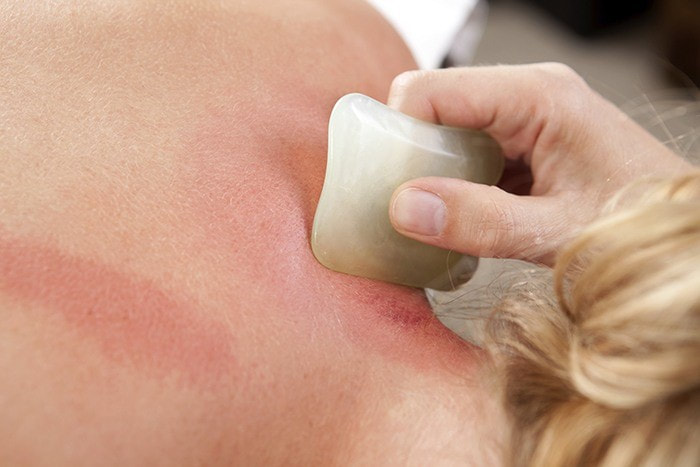 Gua Sha being applied to the neck and shoulder area Gua Sha being applied to the neck and shoulder area GUA SHA – Simple, Unusual, Effective! You may never have heard of Gua Gha (aka scraping, spooning, or cao guo), but many in the East Asian community will know its results by sight. A kind of folk medicine, it can be described as “instrument-assisted press-stroking of a lubricated area of the body surface that intentionally creates transitory therapeutic petechiae representing extravasation of blood in the subcutis” (Nielsen, 2013, p39). In layman’s terms, the above statement means that the practitioner of Gua Sha will apply oil on and around the problem area, then perform repeated stroking/scraping motions with a smooth-edged tool, with the aim of producing a change in the colouring of the skin in that area. The skin will tend to become either, pink, red or purplish, depending on the severity of the problem, and may include stippled darker areas within the main patches. The darker and more condensed the patterning, then (in Chinese Medicine language) the more stagnation is evident in that area. This stagnation refers to Blood, body fluids and energy. The change in skin colour produced by Gua Sha should not be mistaken for bruising (although this can occur when applied by overzealous or inexperienced practitioners), and will tend to resolve itself over 1-5 days, and this will itself be somewhat diagnostic of the underlying conditions of the body and its fluids. Gua Sha should not be painful, though some discomfort at the most tender areas often occurs, but the desired effects can be elicited with a relatively gentle action. In fact it can be surprising just how little is required to bring up the characteristic markings of Gua Sha. In terms of application, Gua Sha is most often used for muscular problems, such as tenderness, tightness, pain, and restricted motion. Commonly, this may be in the neck, shoulders, and back, but most areas of the body can benefit. Treatment of early-stage cold and flus (including those pesky summer-colds currently afflicting us) is another use for Gua Sha, as its action activates immune function and reduces inflammation (reasons why many practitioners receive regular Gua Sha treatments as health maintenance). Additionally, many internal conditions can be treated with Gua Sha, by applying the therapy to the back of the body, at the level corresponding to the internal dysfunction. Application to the front of the body is less common, but can be employed for certain conditions. Tools used for Gua Sha range from exotically-shaped instruments made from jade or ruby-quartz, to everyday items like jar lids, or coins. In the middle of those two extremes, you will commonly find practitioners using rectangular sections of buffalo horn, or ceramic soup spoons, such as are used in Asian restaurants. Really, the main requirement for a Gua Sha tool is that it be strong and have a smooth edge. The “magic” of Gua Sha comes more from the technique than the tool.
Clients are often amazed that such a simple technique can yield such immediate and profound results. To try it for yourself, contact me today and book in for your first Gua Sha experience! This is probably the most common question I’m asked, and it usually comes closely after I have mentioned Qigong during a Tai Chi class. Bearing in mind that this is only one person’s understanding, below are a few points of discussion: Tai Chi (taijiquan – “Supreme Ultimate Fist”) has a martial arts origin and framework. There is still some debate about the origins of Tai Chi, but most agree that modern versions of the art have a common origin in the Chen family village in Southern China. The Chens developed Tai Chi as a dynamic and effective martial art, and provided for their families by hiring themselves out as bodyguards and protection against bandits for travelling merchants. The Chens are still active today, and most other popular forms are variations on their principles and practices. In modern times, the emphasis on self-defence has lessened, and the vast majority of practitioners pursue a slow and reflective Tai Chi practise for health purposes, whether of the physical, emotional, mental or spiritual kind. At its highest level, Tai Chi becomes a kind of Qigong, and a form of moving meditation. Tai Chi tends to be categorised either by length (Short, Medium and Long forms), or by its family style/school: (Chen, Yang, Wu, Sun, Hao, or combination forms). As well as the basic forms, there may be “ancillary” forms, such as various weapons, partnered training, fast Tai Chi forms, and combat drills. Qigong is the modern umbrella term for various health and self-development practices originating in China and correlating with the principles of Chinese Medicine. “Qi” refers to the vital energy which animates and sustains us (and everything else), while “gong” translates as work, talent, or skill. So it’s essentially “energy work”, which is the perfect broad description for such a diverse collection of esoteric techniques. Qigong forms tend to be categorised in one of two ways:
Characteristics:
There are certainly many areas of crossover between Tai Chi and Qigong, and regular practitioners of both find the two to be quite complementary. Qigong practice can add sensitivity and energetic awareness to Tai Chi, while Tai Chi training can “bring to life” a bodily awareness of some of the more subtle aspects of Qigong development and harmonise disparate aspects of one’s energetic system. I personally would find it difficult to choose between Tai Chi and Qigong, and tend to go through phases of concentrating more on one or the other. Many beginners struggle to remember the details of the Tai Chi form (it’s not as easy as it looks!), and may benefit from training in a simple Qigong form first, to increase their bodily awareness and build some strength and confidence, before returning to tackle Tai Chi training with more success. A beginning, an arrival, and a lifetime journey
To celebrate the start of (this phase of) the business, I wanted to take a moment to show gratitude for all the patients I’ve treated up to this point, all the students I’ve taught Tai Chi and Qigong to, all the friends and family who’ve supported me (most importantly my lovely partner Sally, who also took many of the photographs on this site), and all the teachers who’ve guided me. In particular, I’m grateful to Liu Chunjie, Les Stacpoole, Liu Deming and Hanifa MacFarlane for providing encouragement, training, and wisdom and for setting examples on how to live a life of self-development and continual improvement, while contributing to the lives of others. In the future, this blog will be used to spotlight ideas and themes related to the goals of the business - health-care and self-improvement - as well as to showcase interviews with/articles on practitioners, teachers, and those who are “living well”. There may also be the occasional rambling digression on tangential topics, as is my nature, and the odd reflection on the life of a practitioner. Thanks for reading, take care. Simon |
AuthorSimon Murray Archives
March 2020
Categories |
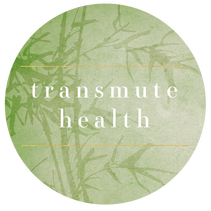
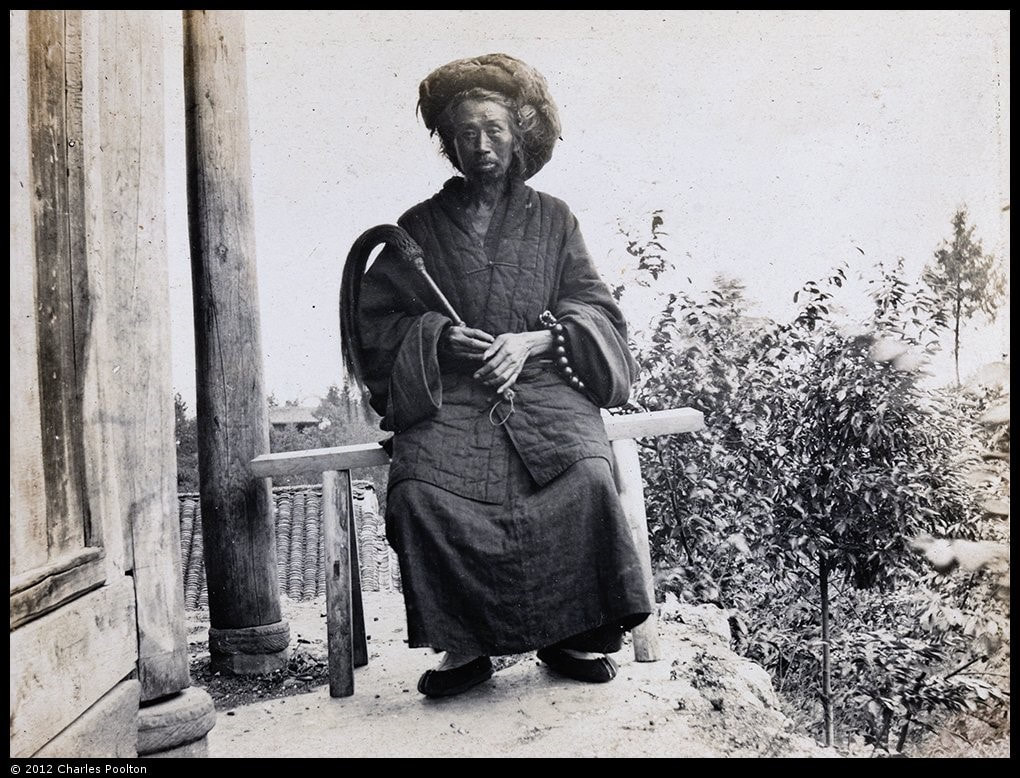


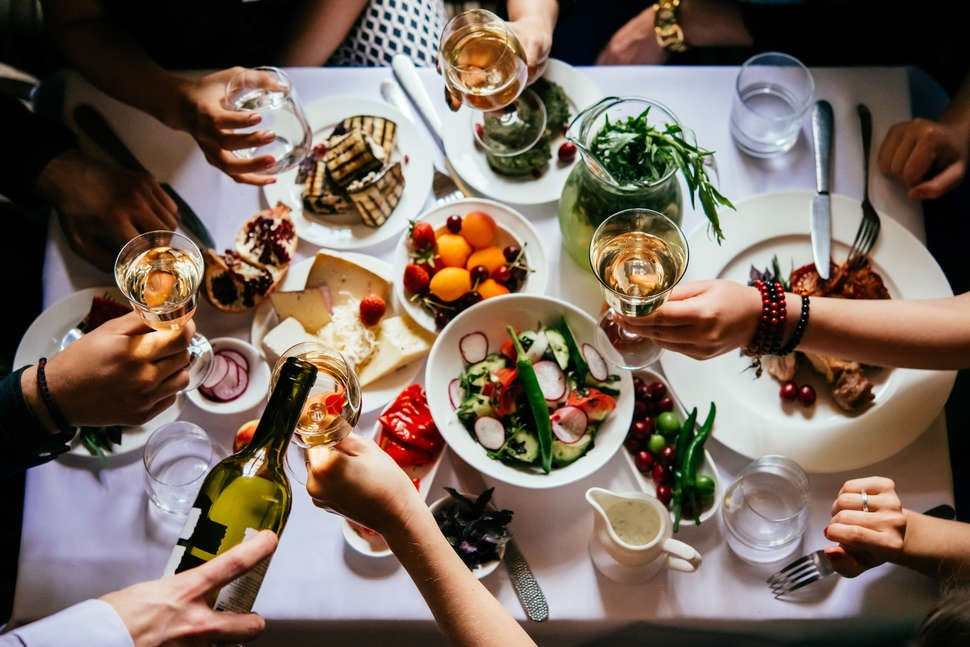

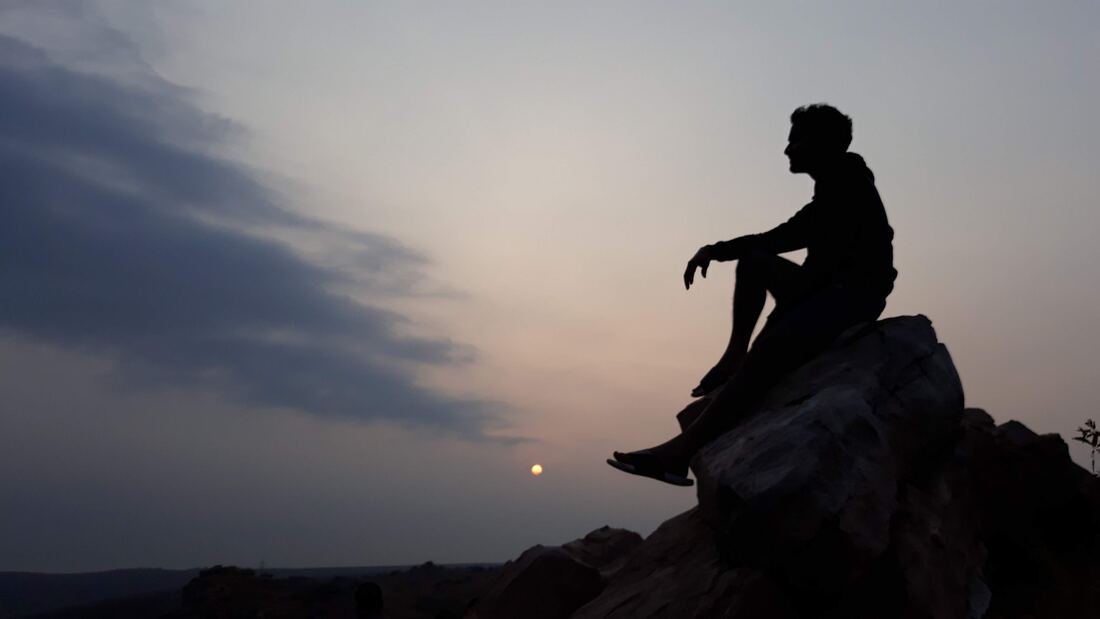



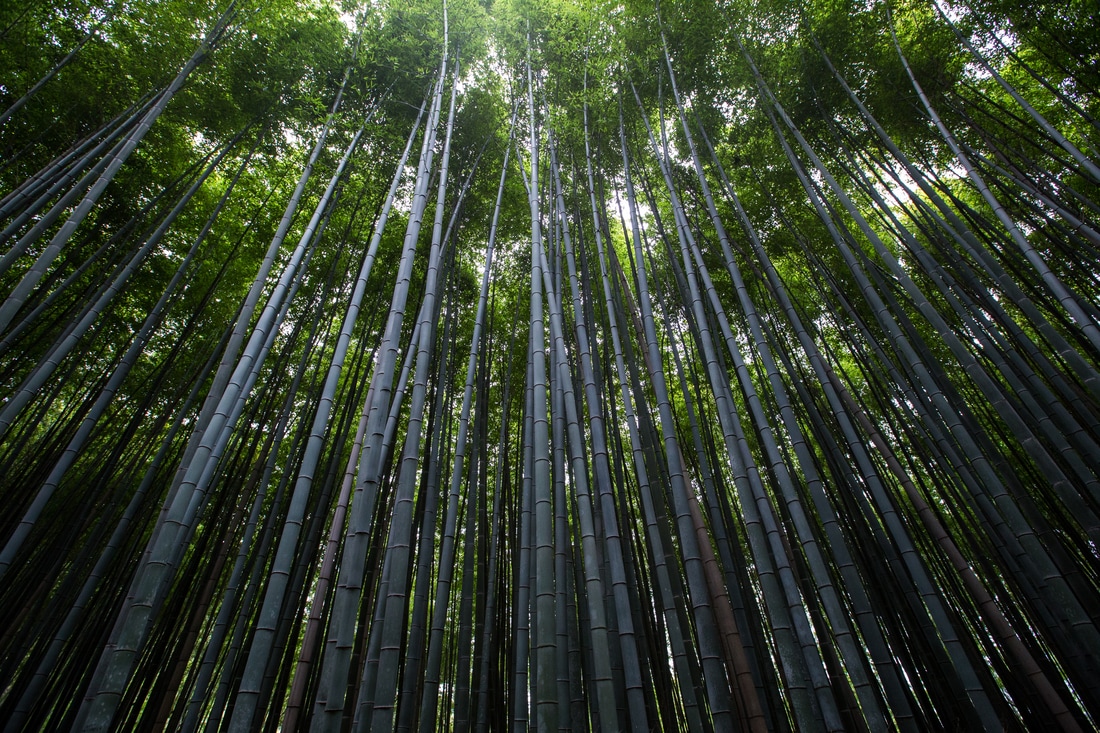
 RSS Feed
RSS Feed
